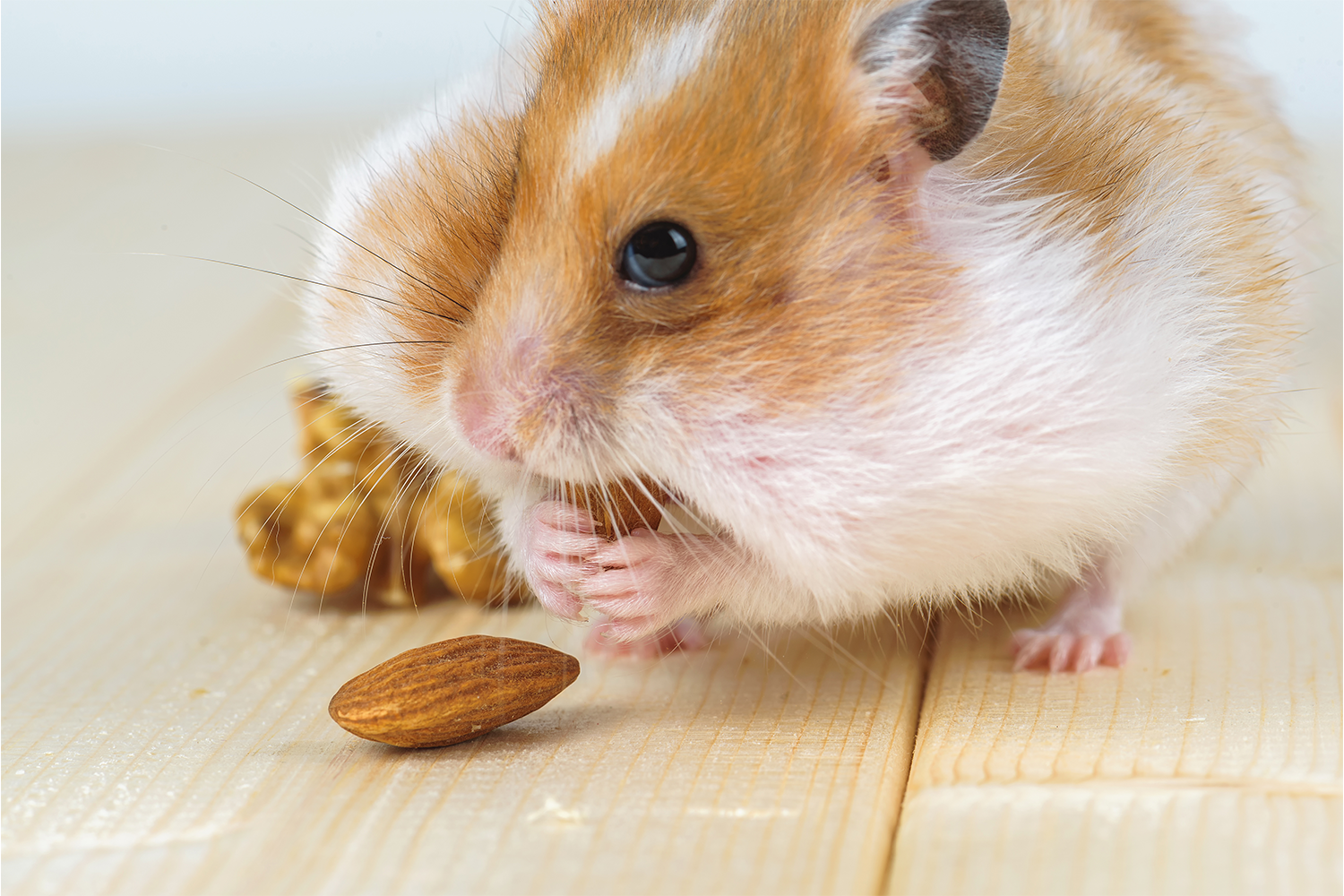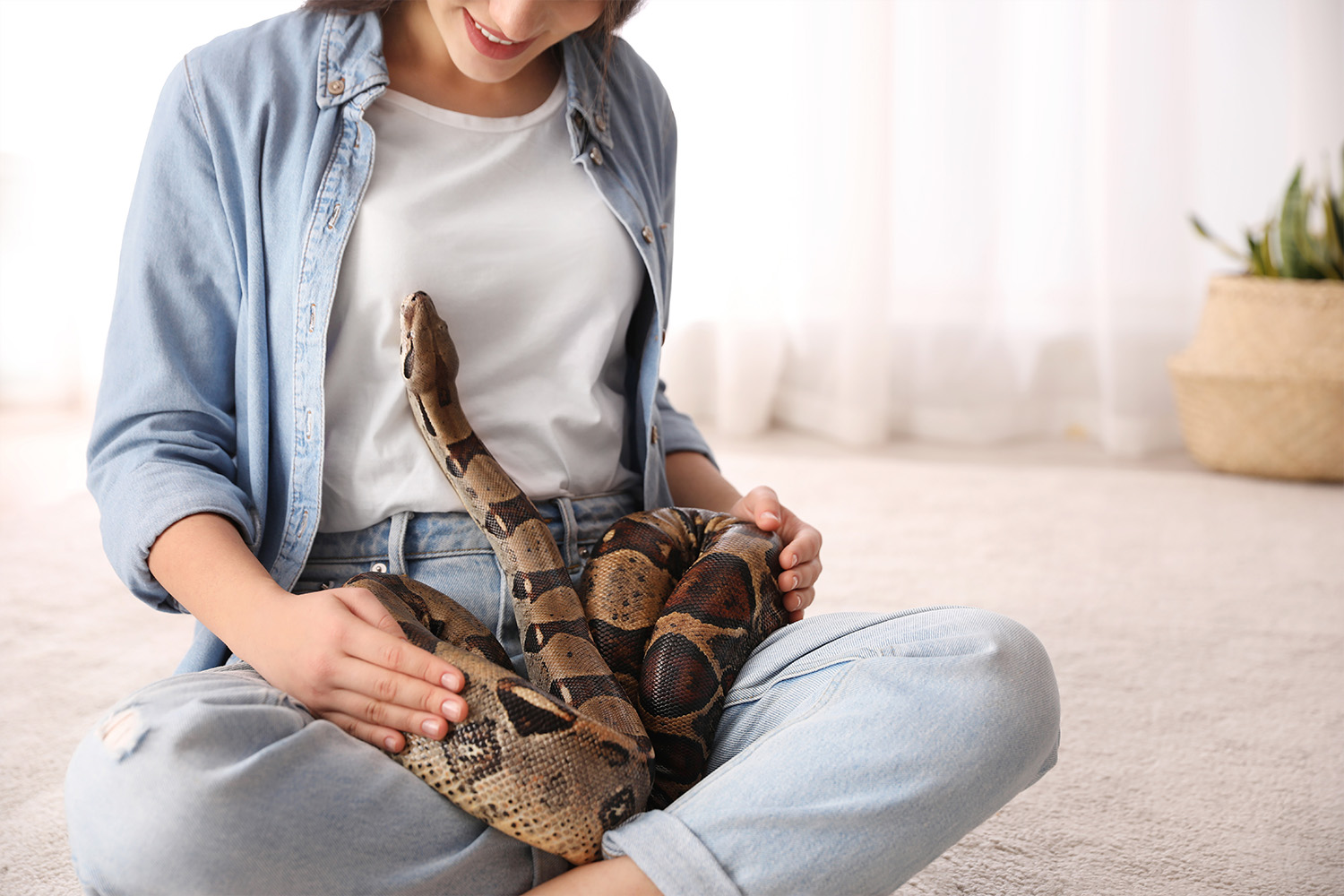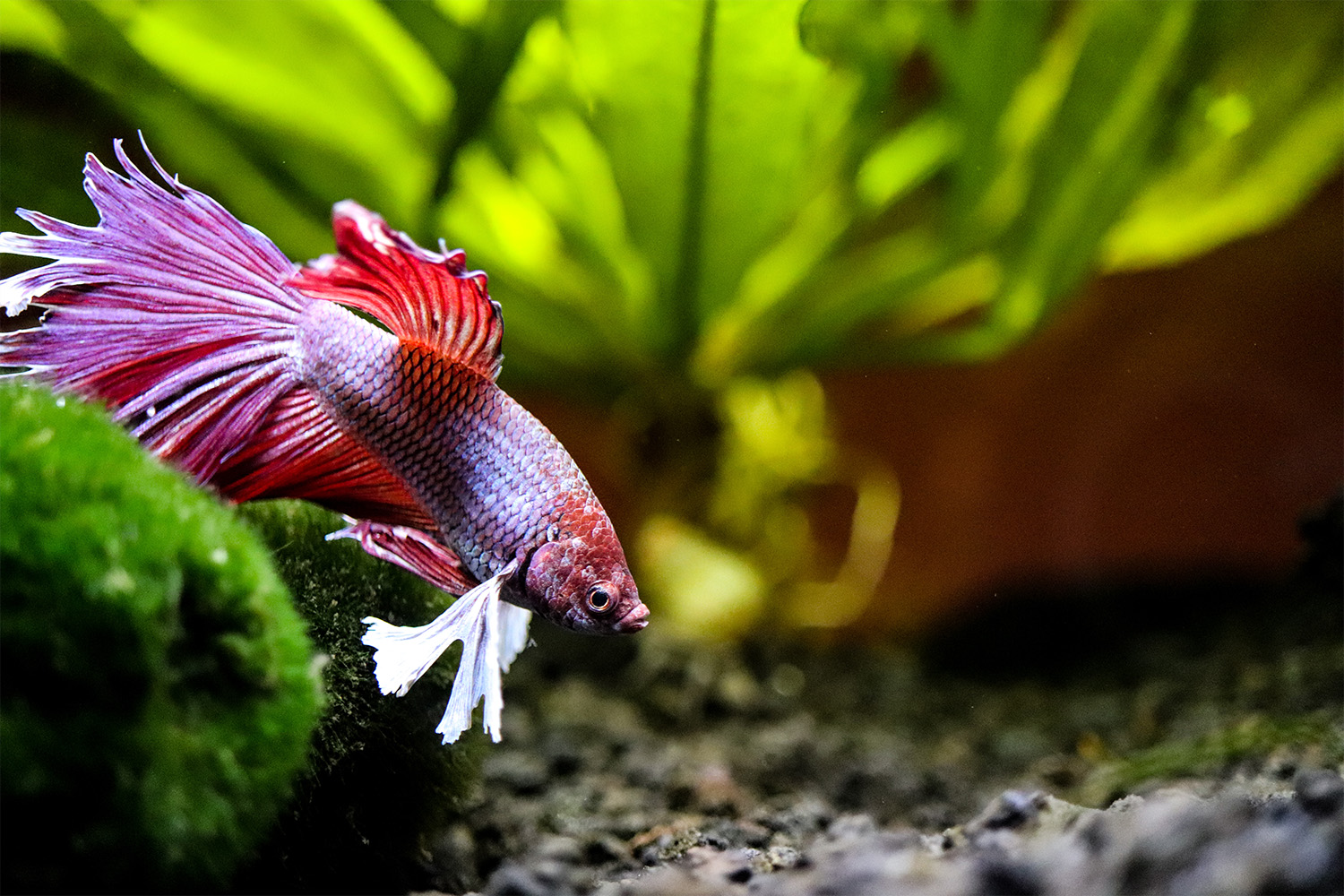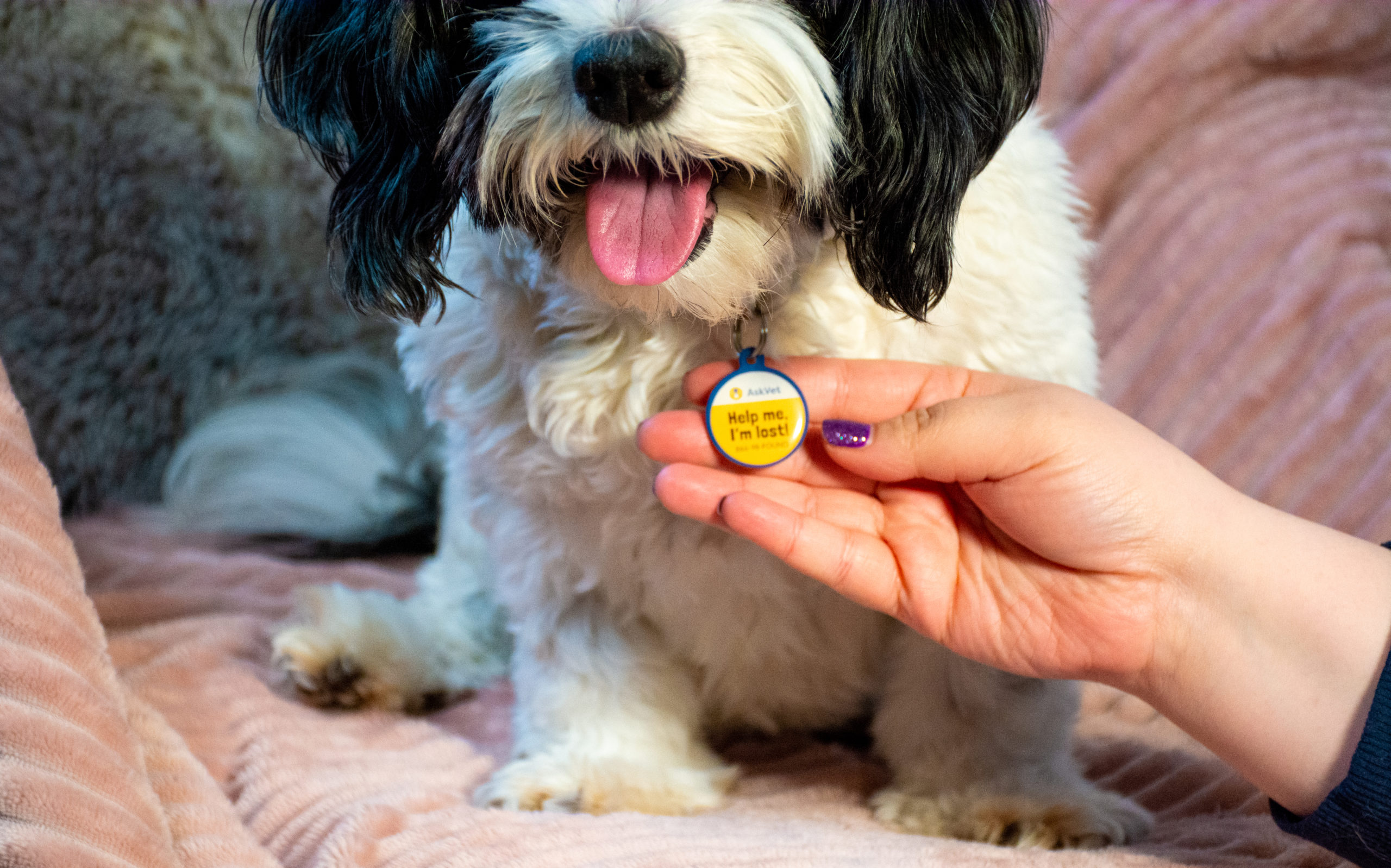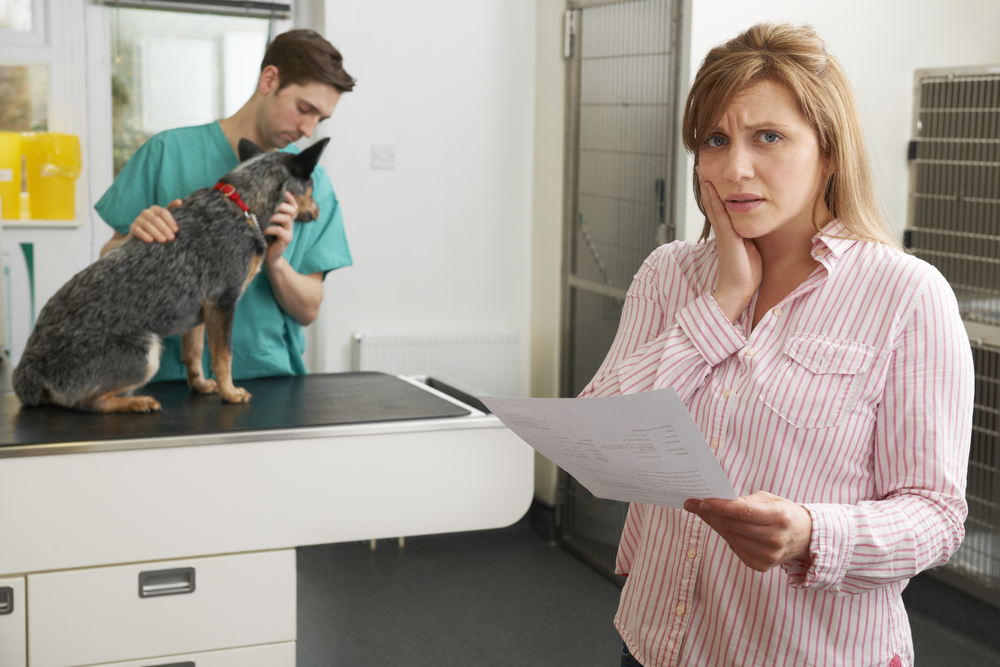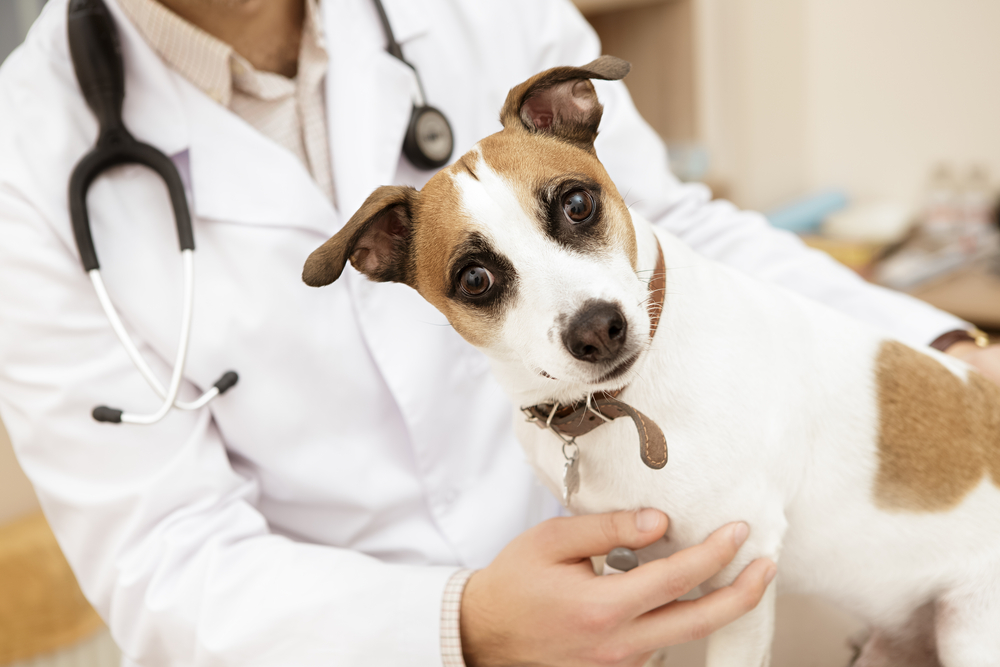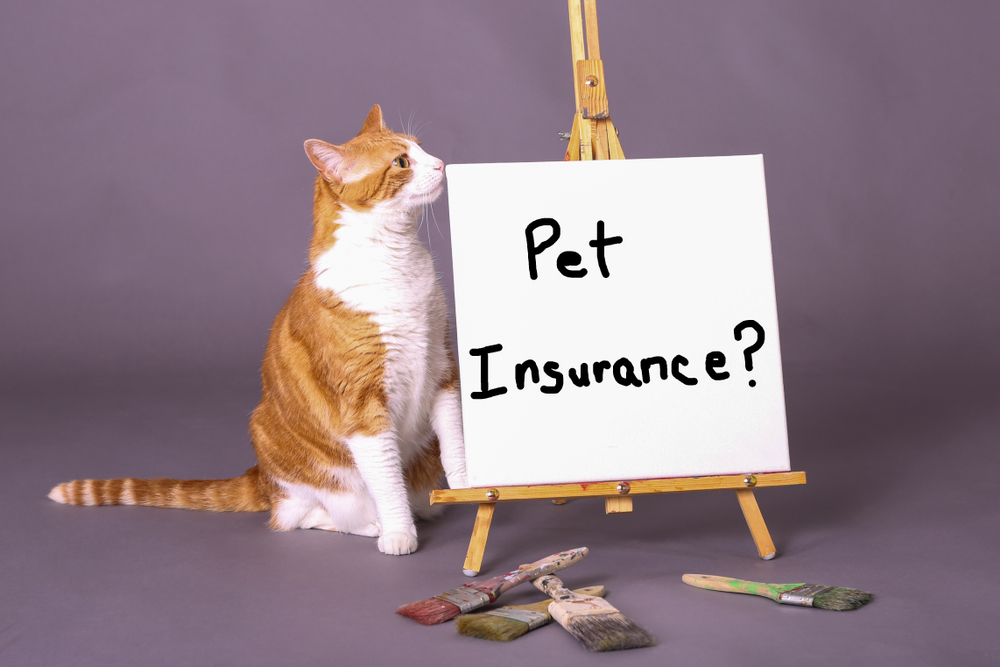Going through the process of adopting a snake is exciting and unique because depending on which snake you end up with, you’ll have to cater to their specific needs. Every snake that you come across is different and requires certain care requirements and commitment. Before you get a snake, you need to cover all of your bases — from your available space, budget, knowledge, and what care they will need.
If you want a snake, it should be because you care deeply about their well-being and want to invite them into your family, regardless of how involved they become. Having a snake can be a cool thing and an amazing experience, but it’s a pretty big commitment.
To learn more about a variety of beautiful snakes and how to help them thrive, for beginners and experienced owners, keep reading.
How To Pick a Snake
Before picking out a snake to adopt, consider all your options. When you research the breeds, prepare yourself for what kind of life they will need, and make educated decisions about their lives, you will find yourself a perfect match.
Not everyone is capable of caring for a snake, and it often comes down to how much time and commitment you have to a particular snake or breed. If you are a brand new snake parent, you don’t want to try and adopt a more complex or unpredictable snake breed. This puts yourself (and your snake) at risk for danger.
How Advanced Is Your Snake Care Knowledge?
You might have seen stories about snakes in the media that seem unreal and that has drawn you in. Maybe you really, really like large snakes because they are fascinating and powerful creatures. We get it; we love snakes too!
However, not everyone (actually very few) is capable of properly caring for some of the more well-known snakes. Even snakes that are considered to be docile considering their impressive size, like the Boa constrictor or Burmese python, require a certain amount of expertise and skill.
If you are new to having pet snakes, your knowledge might be limited to what you’ve read online, and that’s okay. You’ll learn from first-hand experiences and by discussing caring for snakes with others in the reptile community. This just means that starting off with beginner snakes can ensure that both you and the snake get the most out of the experience.
Understanding the Breed
Before you take in a snake, you should do as much research as possible on that snake breed. You want to understand what kind of care they need, what their eating regimen is like, their shedding cycles, their levels of comfortability, and what kind of space they require.
You should probably avoid venomous and constricting snakes since they require a much higher degree of knowledge and hands-on skills to care for safely.
Where Should You Get a Pet Snake?
It’s preferred that you get your snake from a reputable breeder or adoption agency. While it might be fun to come across a wild snake and ponder what it would be like to keep it and take it home, they will never be considered tame. You won’t have an easy time with a wild snake, and they are more prone to parasites and diseases.
Breeders can let you know about any health issues that might or have arisen, but it’s more likely that your snake will be healthy if coming from trustworthy sources.
Things You Should Consider With Pet Snakes
Loving a snake is not the same as carding for one goldfish or one hamster. Snakes are known to be predators, and some are more dangerous than others. A snake will usually know how to protect itself from threats, and at first, they could view you as a threat as well. Unlike with dogs, you don’t get a snake and start cuddling on the very first night.
While you should be able to handle your snake, you might find that it is best if it happens infrequently and only when necessary. And that’s okay! Not all snakes enjoy human contact. Snakes can easily be stressed out (just like us!), and we want them to be able to chill.
Don’t be upset if your snake isn’t the biggest fan of being handled. Just like the old breakup phrase, “It’s not you, it’s them.” Your snake still appreciates you, but they might be better at loving you from afar.
Commitment
To properly care for a snake, you have to be sure you’re ready to commit to their care and wellbeing. Snakes can be a decades-long commitment, depending on what their lifespan is. You might even want to make plans for their continued care in any wills or similar documents.
All breeds are different, so you have to be prepared to learn about whatever breed you’re bringing home. You might need special food, a certain size enclosure, certain kinds of heat lamps, particular humidity levels, and specialized places for your snake to hide or climb.
Snakes kept in enclosures have no way to take care of themselves when it comes to food and cleanliness, so they rely on their owners to help them feel their best.
Overall Costs
House snakes for beginners might not cost too much to purchase at a pet store, but all of the equipment you will need can add up. That, and the live feed that they will likely need. They are relying on you to feed them, so a consistent stream of mice is going to be necessary.
As your snake grows, you might need to upgrade their enclosures, making them more spacious while still including objects and obstacles they enjoy. You will need lightbulbs for your heat lamps to keep your cold-blooded companion warm when needed.
It is a serious financial commitment. So, before you go ahead and adopt a snake, you should make sure you’re fully capable. This just helps to ensure you and your snake are happy and stress-free.
Safety
You will want to be adept at handling your snake, and there is a proper way to prepare for it. First, clean your hands before you handle your snake so that they don’t mistake your fingers for food. Get your snake used to your hands by placing them against the glass for several minutes and letting them flick their tongues at you.
Keep your movements slow and steady, so you don’t surprise them at all. At the same time, you want to take note of their behaviors. If you think your snake is uncomfortable or nervous (like hissing, for example), back away and give your slithery friend some space.
Enclosures
As for their enclosure, your snake is an escape artist in the making. They will try to figure a way out and will likely be successful, so the enclosure you choose should be completely locked up when you aren’t around. Look into what enclosures are known to be safest, and check that it’s closed properly when you leave.
The last thing you want is a snake on the loose.
Every Snake Is Different
No two snakes are the same, so they require different needs. Even snakes that fall into the same family, like the different kinds of pythons and constrictors, have vastly different needs and attitudes. Being a first-time snake parent is certainly a wonderful learning opportunity!
There are unique feeding routines, temperatures, objects, and safety protocols you have to undergo to properly handle them and keep both you and the snake happy. But once you get used to your new friend, you’ll understand just how amazing of an experience it is to have a snake in your home.
Snakes for Beginners
All snakes are cool and fascinating, but not all make the best pets, especially for beginners. If you are new to owning a snake, you should consider some of the following beginner-friendly snakes to start with. Not only are they great pets with their own quirks and needs, but they are rather easy-going creatures.
1. Hognose snake
The Western Hognose snake is best known for their adorable upturned nose. They are native to the Western parts of the United States, as well as Mexico and Canada. They like to be active around dawn and dusk and usually make for easy-going pets. In the wild, they might go for small lizards, bugs, and toads but will also eat mice in captivity.
The Hognose snake is usually around two feet long, but some adults can reach up to four feet. They can live up to 20 years in captivity, so it’s a long commitment.
If a Hognose feels threatened, they will flatten their heads and hiss at you, potentially striking but rarely biting. Even in the scariest situations, the Hognose would rather play dead than bite you. When they gain your trust, they become much easier to handle and take care of.
2. Corn snake
The Corn snake is often best known as the easiest beginner snake, and it’s an excellent pet reptile in general. This is because of their docile nature and the fact that they stay pretty small. They grow up to four feet long and usually require at least a 20-gallon tank. Similar to the Hognose, a Corn snake can live up to 20 years in captivity.
Corn snakes are usually reddish-orange with dark red-black blotches. They like a warm environment to keep them feeling good. These snakes need their tank to be between 70 and 90 degrees Fahrenheit and like enough obstacles to keep them busy. They will eat pinky mice happily and live a long and healthy life.
3. Garter snake
If you’ve ever seen a snake in your backyard or in the woods, you may have seen a Garter snake. This is one of the most populous snakes out there, both in the wild and as pets. These snakes are virtually harmless and only grow up to four feet long, making them relatively small.
They eat worms, small fish, and bugs and don’t require much maintenance. This is a great snake to own if you have kids because they are very low risk and a fun way to educate them on this snake species.
They do enjoy basking in the sun, so you should give them a good rock to lay out on, along with a nice heat lamp. Now, that’s a nice life!
4. Ball python
The Ball python is another great first snake option for beginner snake owners, but it should be noted that they are known to be picky eaters. They could go through periods of time where they refuse to eat or will only eat if the mouse is recently killed. This can cause problems for people looking for a more structured care routine. Unfortunately, you might not get that with a Ball python.
On the flip side, you’ll love their calm nature. This snake likes being held, making the ball python a good beginner snake. Once you and your Ball python are comfortable with each other, they become a very interactive pet to have.
These snakes get to about five feet long and need plenty of space and substrate like shredded newspaper in their terrarium or vivarium to hide away and relax.
These non-venomous snakes can live from 20 to even 50 years if properly taken care of, so be sure to keep that in mind.
Other Reptiles and Amphibians To Consider
If you’re looking for other good pets in the reptile and amphibian kingdom, consider the ones listed below:
- Bearded dragon
- The Milk Snake
- Smooth Green Snake
- Leopard Gecko
- Children’s Python
Have More Questions?
At AskVet, we wonder why it’s dogs and cats that get all the fun! Our team of Certified Pet Lifestyle Coaches™ are trained in all manners of animal care for all animals. Fish? Naturally. Dogs? Of course. Cats? Lizards? Snakes. Triple yes.
For a 360° Pet Wellness Plan created just for your pet, access to any questions you have (24/7), and everything a pet parent needs, become a member of AskVet.
If you have questions about your snake’s behaviors and feeding habits, or if they are undergoing a shedding cycle and something looks astray, you can reach out to AskVet any time of the day. We love your pet almost as much as you love your pet, so sign-up today for just $9.99/month to start today.
Sources:
Hognose Snake | Behavior, Size, & Facts | Britannica
Garter Snake | Habitat, Diet, & Facts | Britannica
Python Regius | University of Michigan
Your First Pet Snake- the Best Choices | Tampa Veterinary Hospital
Snake Predation Strategies – Part 2: Venom and Constriction | The University of Melbourne




